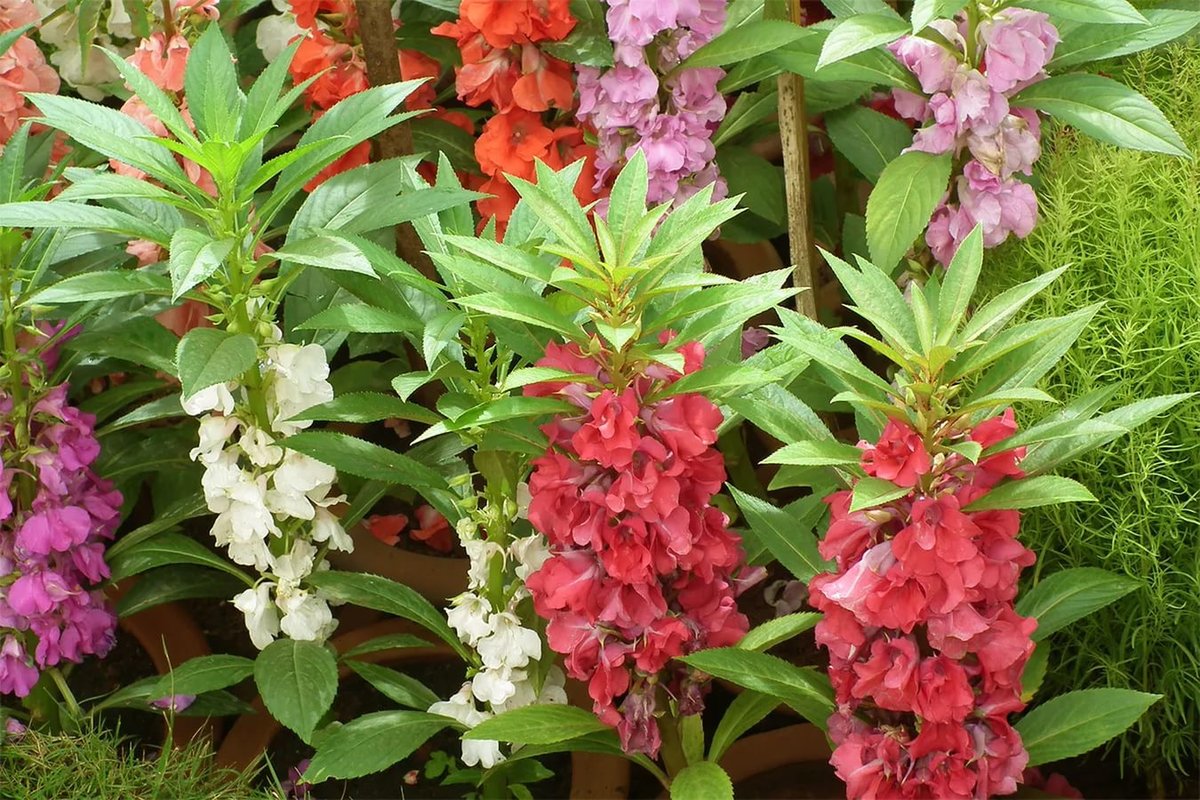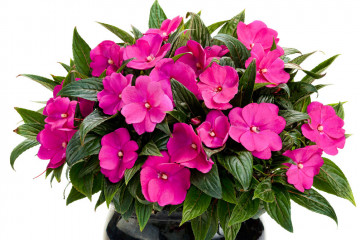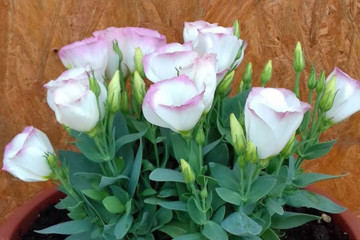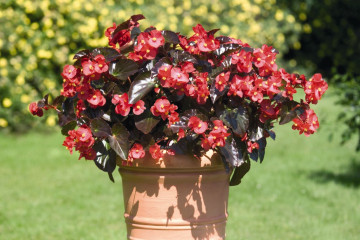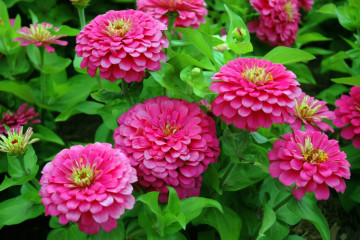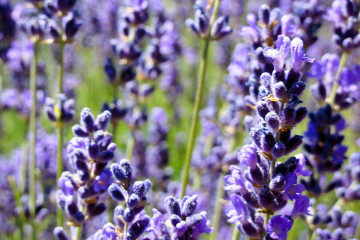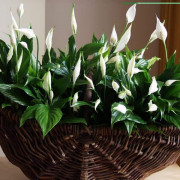Balsam Tom Tamb - growing from seeds at home
Content:
Balsamin has long been known in the circles of florists and florists. Someone calls him touchy, someone wet Vanka. But this beautiful plant has many hybrids with its own name and unique flowering. The flower will decorate not only the garden, but also the windowsill of a city apartment. One of such universal, brightly flowering representatives of balsams is Tom Tamb balsam.
The appearance and features of balsams
The culture is represented by a wide range of varieties. The color of the flowering is from pink to purple-red. Flowers can differ in varying degrees of doubleness or be with smooth petals. Bushes are small and graceful, up to half a meter in diameter. The plant has a strong, dense stem, dotted with fleshy foliage, wavy along the edge, with a red tint. Flowering is profuse and long lasting. In the apartment, balsam can bloom all year round, in the open field - from the beginning of summer until frost.
Balsam varieties of the Tom Tamb series
The plant has several varieties. The most popular varieties:
- Bicolor - an annual crop, has a pink tint with white stains (hence the name). It is planted in early spring and blooms in early summer. Blooms until September.
- White - shade-loving exotic bush with double white flowers.
- Purple balsam Tom Tam is a graceful annual plant up to 20 cm high. It differs from other varieties in the abundant flowering of purple double buds, densely dotting the bush.
- Pink - the variety grows up to 40 cm and is considered the tallest of the series. It blooms with pink flowers until frost.
- Salmon is a small bush with dense foliage and double pink flowers, which is more often grown in apartments than in summer cottages.
- Scarlet is a purple double flowered crop that favors shady areas.
How to grow from seeds
Growing Tom Tamb from balsam seeds at home is not difficult. The main thing is to follow the process exactly, and lush flowering will not take long. Planting is done in the spring in containers. Procedure:
- Seeds are laid out at a distance of 20 cm from others, sprinkled with a mixture of soil and peat.
- The earth is moistened and covered with a film. The greenhouse is regularly ventilated.
- After the appearance of the first shoots, airing is increased.
- After growing 1 cm, the seedlings are transferred to separate containers.
- As soon as the plant begins to bush, pinch the top leaf.
- When the land on the site warms up, the seedlings are transferred by transferring to open ground with good lighting.
You can collect the seeds yourself or buy in the store, in any case, the seed germination is high. Before planting, they must be kept in potassium permanganate and dried.
Balsam Care Tom Tamb
In care, Tom Thumb balsam is not a capricious plant, if you adhere to the rules of agricultural technology. Watering should be done abundantly and strictly under the bushes.It is important to avoid getting water on the buds. In hot weather, spraying the leaves is encouraged. The water should be at room temperature.
Top dressing is carried out 2 times a month exclusively by root method during evening watering. Fertilizers for indoor plants with a high content of phosphorus and potassium are suitable for balsam.
Diseases, pests and control of them
The main enemies of culture are spider mites, aphids, whiteflies and improper care. Store-bought insecticides and adherence to the rules of agricultural technology will help to save the balsam.
Growing balsam Tom Samb is not difficult. You just need to make a little effort, and it will become a decoration of the house, flower bed, garden or summer cottage.

